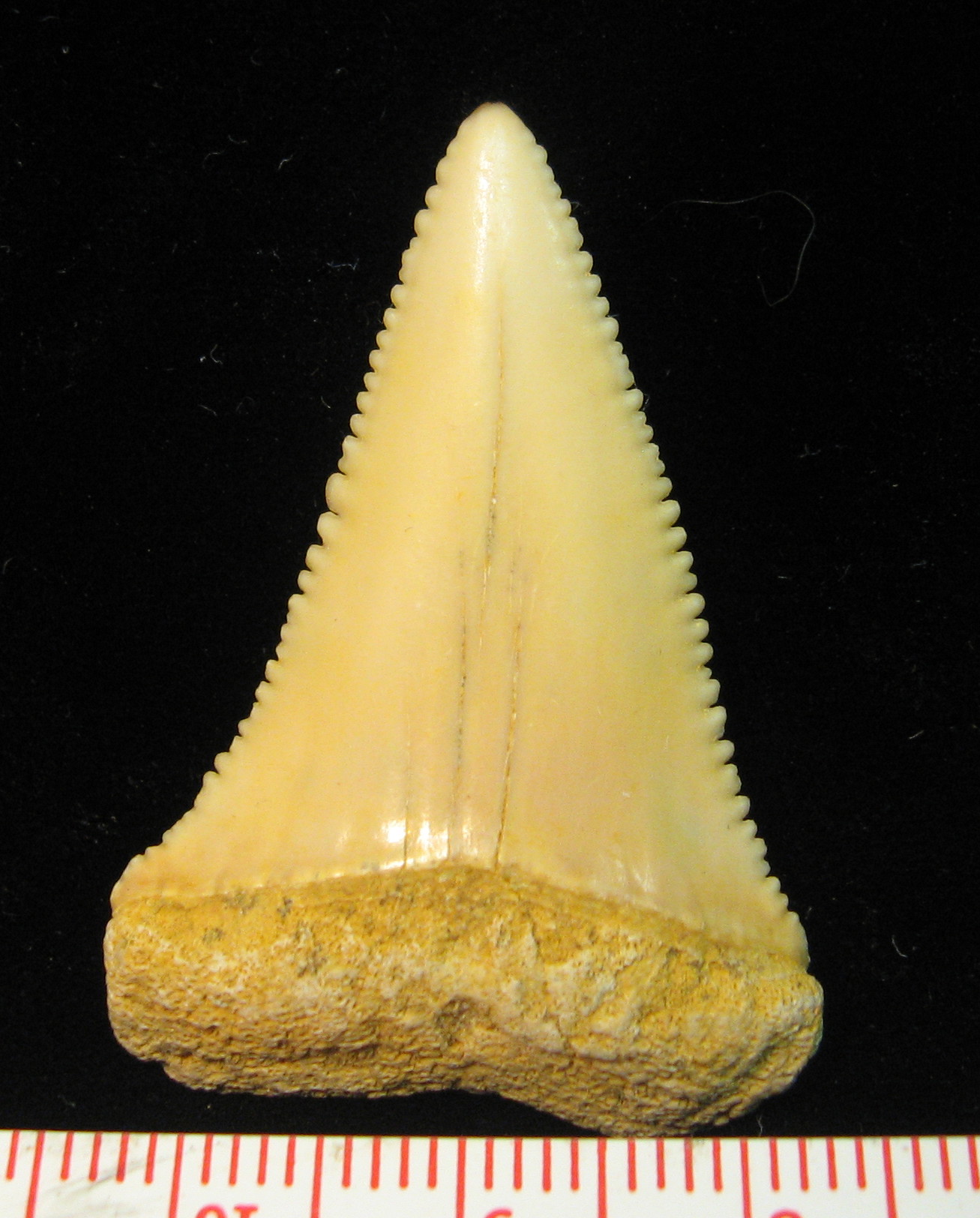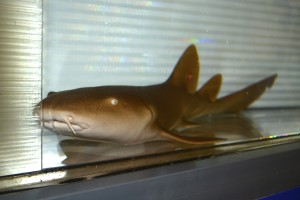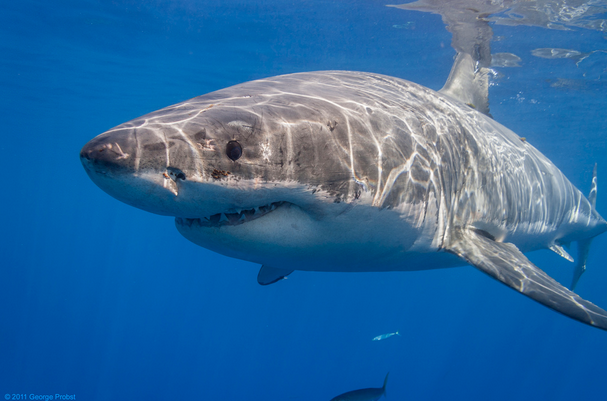
I can clearly remember the day that I saw Finding Nemo. I was eleven years old, and when Bruce the shark appeared on the screen, it scared the crap out of me. I spent the next five minutes of the movie with my eyes half-shut, waiting for Marlin and Dory to escape.
Obviously, a career in shark biology was not on my radar screen…
…yet.
Since YouTube didn’t exist yet in 2003, and I wasn’t seeking out videos of sharks to watch for fun on VHS, this was basically the only video of sharks I had ever seen. My first observations and information about sharks was formulated from Bruce.
And now I’m on my way to being a shark biologist. Thanks to Bruce?
I’m sure that I’m far from the only person who this has happened to. (Well, at least, that’s what I tell myself as a shark biologist formerly terrified of my own field.)
Let’s get the nostalgia flowing!
WHAT 11-YEAR-OLD ME LEARNED:
Sharks have a lot of big teeth! They must use them to eat fish. I know they can regrow from my 5th grade science class!

1/1 Pixar! They did a good job animating the different rows of teeth, and coloration of gums and general body. It’s basically spot on. Great White Sharks have specially designed teeth, with serrations on the edges to tear prey. These teeth are continuously replaced throughout their life, and some sharks go through up to 30,000! That’s a lot of fish ripped to shreds!
Sharks can sit around and rest while talking to others. Gills, lungs, similar thing in different mediums!
Swing and a miss, Pixar! This is actually untrue for the types of sharks we see in this film. There are two types of sharks – obligate ram ventilators, which have to swim in order to breathe, and buccal ventilators, which can rest and breathe by pumping water across their gills. In reality, all three of the sharks in Finding Nemo would have been suffocating if they stood still for the entire meeting.


Let’s churn the nostalgia pot a little more. Here’s the rest of the scene:
Great White Sharks don’t make good dads. “I never knew my father!” (**insert magnificent accent**) Poor Bruce. I feel bad for him. Speaking of dads, I wonder if mine has any popcorn left?
Great white reproduction is something we actually don’t know much about yet. Though probably unlikely that they would be incredible dads by human standards, this is a topic that is difficult to study. However, some of their characteristics are relatively similar to humans- for example, 15 years till sexual maturity, and 11-month gestation period. Though, unlike humans, they are ovoviviparous meaning an egg develops inside the female, hatches, then continues to mature until they are born live.
Sharks + blood = instant death. Never going into the water again if I have a cut!
This is true but only to a certain extent. If you had a little cut and waded in waist deep, you’re in no real danger. We don’t all live on Amity Island like in Jaws. But the idea that sharks can use chemorecption to follow a trail of blood or other scents is completely realistic. In fact, they can track even low levels of certain chemicals to a source a quarter of a mile away or more! They have incredibly well-tuned senses, which make them the legendary animal they are. But in regards to humans, they are generally completely uninterested. We are actually not at all their ideal prey. So you can still love Bruce, Anchor, and Chum – they aren’t going to come after you.
So, in conclusion, fish are friends. Not food.

References:
Carlson JK, Goldman KJ, Lowe CG. “Metabolism, Energetic Demand, and Endothermy” pgs 203-224 in Biology of Sharks and Their Relatives. Carrier JC, Musick JA, Hiethaus MR, editors. CRC Press: Boca Raton, FL.
“Great White Sharks, Carcharodon carcharias ~ MarineBio.org.” MarineBio Conservation Society. Web. Sunday, September 22, 2013. <http://marinebio.org/species.asp?id=38>. Last update: 1/14/2013 2:22:00 PM ~ Contributor(s): MarineBio
Hodgson ES and Matthewson RF. (1971). “Chemosensory Orientation in Sharks.” Annals of the New York Academy of Sciences. Vol 188: 175-181.
Klimley AP and Ainsley DG. (1996) “Great White Sharks, The Biology of Carcharodon carcharias.” www.academicpress.com

